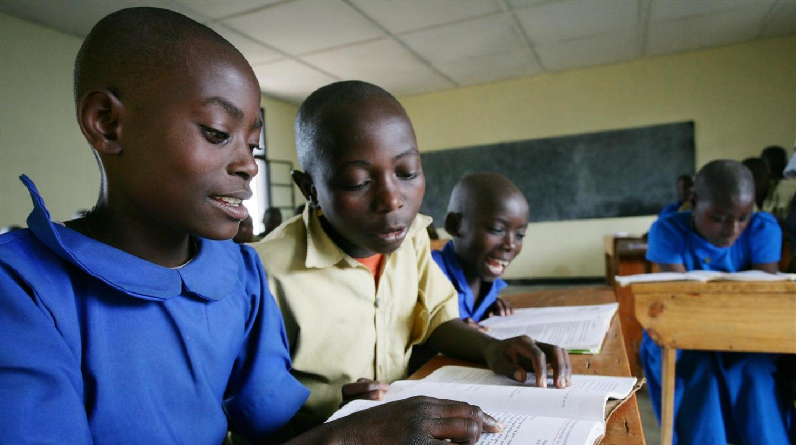The world predicts that by 2030, 72 percent of young people will have completed 12 years of schooling

The deadline for our global education goal, SDG 4, is 2030; so far, two-thirds of countries have set benchmarks, or national targets, for the improvement they want to see in upper secondary school completion rates between now and 2030. If these goals are met, the global percentage of young people who complete 12 years of schooling will increase from 51% in 2015 to 67% in 2025 and 72% by 2030. However, current trends suggest that by 2030, only six out of ten young people will have completed secondary school. Only six nations have a completion rate of at least 95%, according to current estimates. Can they make it?
Although working with countries over the past five years to establish these benchmarks has been useful in and of itself in terms of filling in data gaps, evaluating past trends, and mapping them against future ambitions, this was never intended to be the end goal. For some time now, it has not felt like a level playing field to track countries’ progress toward the education goal of SDG 4. A mere 2% of young people in Niger and South Sudan, for example, had completed high school as of 2015, when the target was established, while that number was nearing 99% in the Republic of Korea. The new national benchmarks were developed to help fill in the contextual gaps that arise when tracking global targets.
The national SDG 4 benchmarking process evaluates countries’ education development trajectories relative to one another rather than against a single, overarching target. They made it possible for us to create the new SDG 4 Scorecard, in which the progress of countries is measured not against an externally imposed standard, but against standards that the countries themselves have established. For the first time, both wealthy and developing nations can be ranked according to their progress toward national goals.
The rates at which different countries advance in education are not linear. For secondary school graduation rates, for example, progress rates appear to increase as they approach 50% and then decrease. By delving into these nuances, countries can better predict where they stand in relation to our target date of 2024.
By way of illustration, the median country (represented by the grey dot) among those that began with an upper secondary completion rate between 40% and 50% in 2015 improved by 1.4 percentage points per year; thus, a country that began at 45% could reach 52% within five years. The top 25% of improvers increased their completion rates by 1.8 percentage points annually, while the bottom 25% improved at a rate of 1 percentage point annually.
The likelihood of countries achieving their goals.
The new SDG 4 Scorecard evaluates countries based on their progress toward what is realistically achievable in their specific context, while still anticipating a healthy dose of national ambition. As can be seen in the table below, only about a third are on track to meet their 2025 goals. Between 2015 and 2020, i.e. before the onset of COVID-19, more countries have made slow progress (55%) than fast progress (31%). For the first time, the same proportion of countries (41%) achieved both high and fast progress rates only among upper-middle income countries.
One low-income country (Rwanda) and seven lower-middle-income countries (Bangladesh, Bolivia, Egypt, Ghana, Kyrgyzstan, Moldova, and Nepal) (21% of the total) are very likely to achieve their benchmark (or already have a rate of at least 95%). Totaling 14 upper-middle and 12 high-income nations.
See Also: The will of Lisa Marie Presley is being challenged by Priscilla Presley
With the SDG 4 benchmarks and the SDG 4 Scorecard, we hope to move monitoring efforts for our global education agenda in a direction that encourages countries to not only set targets, but also reflect on better targets and their links to policy. It highlights various income-level countries that have made sufficient progress to realise their 2025 national goals. The efforts these nations have made to achieve their current status are instructive for those striving to achieve the same goals. Please join us in creating venues for such conversation, so that the new monitoring mechanism can inject the remaining eight years before 2030 with fresh vitality through peer learning.
Leave a reply
You must be logged in to post a comment.










